From red raspberry leaf to maca root, here are the best herbs for women, complete with dosage and safety recommendations! These hand-picked herbs offer support for PMS symptoms, menopause, fertility, pregnancy and more.
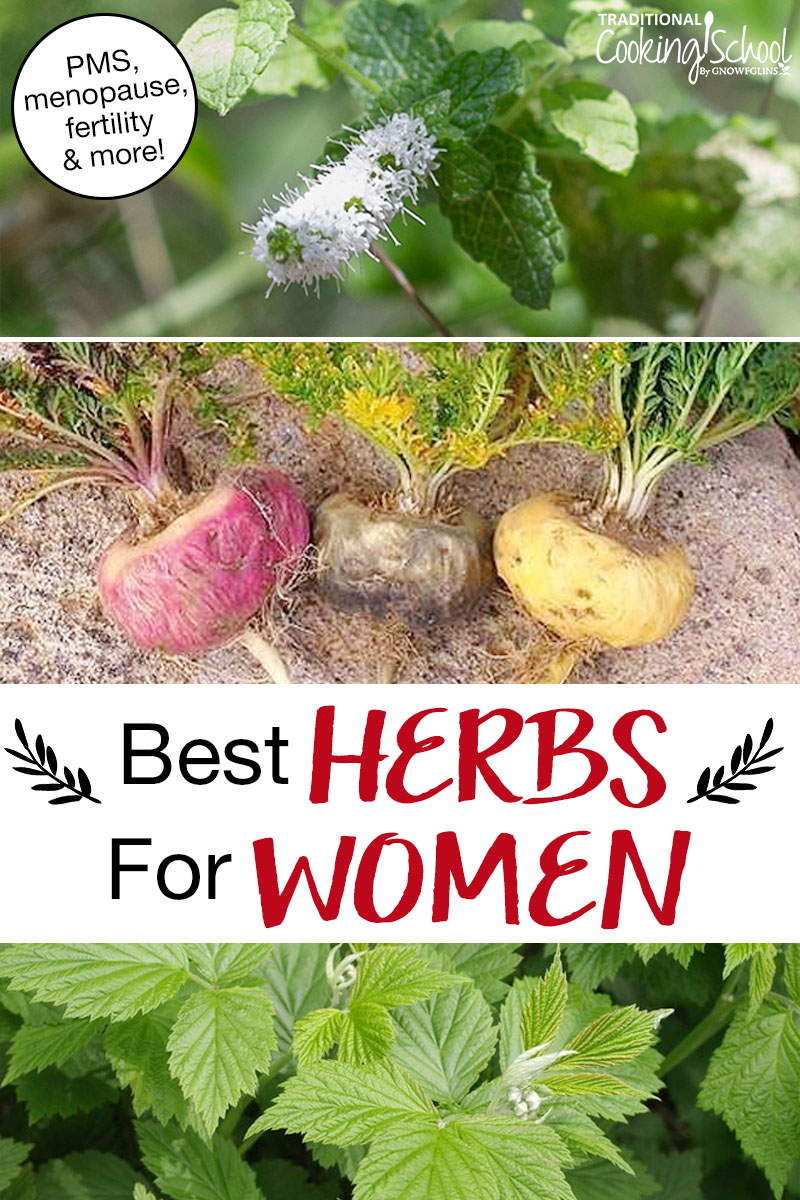
Are you looking for freedom from PMS?
Do you want to ease the effects of stress — and age gracefully?
How about something that will balance hormones naturally?
There are so many wonderful herbs for women, it’s hard to narrow the list down! Here are a few of the top supportive herbs to ease common complaints from PMS to menopause, and everything in between.
Table Of Contents
How Herbs Work (And Don’t)
First things first.
Unlike modern medicine, herbs aren’t as easy as matching a pill to a symptom. Herbal medicine works by restoring balance and harmony to the body, not manipulating it.
There are many reasons why herbs sometimes don’t work…
We don’t use enough. We don’t use it long enough.
Or, we picked the wrong herb.
Herbal energetics is another reason. Often people find a list of herbs for a condition and pick a random one.
If we’re constitutionally dry and pick a drying herb, it’s only going to make matters worse.
For example, sage is good for sore throats and coughs. Yet as a drying herb it’s best for wet, mucus-y coughs.
If you have a dry throat and take sage, you’re likely to end up with an even drier throat.
Each herb has its own dosage, safety considerations, and energetics. When we take the time to read a little deeper than just a list of helpful herbs, we’ll get the best results.
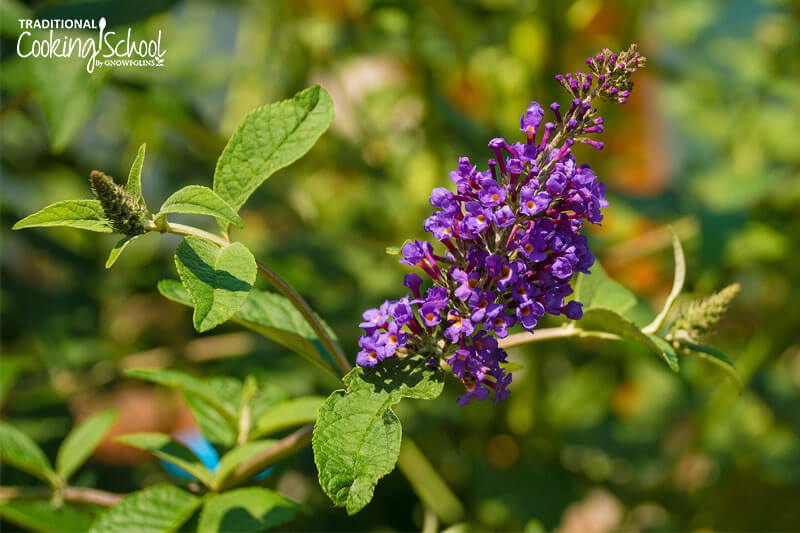
Best Herbs For Women
That being said, here are some of the top herbs for women and how to use them.
Relief From PMS Symptoms
We can all get a little cranky sometimes, but PMS is no walk in the park.
Herbs like vitex (chaste berry), maca, and black cohosh are helpful here. These herbs help balance hormones and ease PMS symptoms.
Menopause & Aging
Not only do vitex and black cohosh helps with PMS, but they tackle menopause too. Since these herbs help balance hormones, they can multitask.
- Vitex helps with cramps, hot flashes, fibroids, and breast lumps common during menopause.
- Black cohosh also helps with hot flashes and is used for menopause-related depression.
- Don quai helps ease the transition into menopause and reduces hot flashes.
- Sage and peppermint are cooling herbs that also help with hot flashes. Unlike black cohosh and dong quai, sage and peppermint can be safely used by most women without worrying about strict dosing or safety concerns.
- Maca root is a hormone-balancing adaptogen great for easing menopause discomfort. More info here!
Reduce Stress With Adaptogens
Adaptogens help us adapt to stress. This doesn’t mean we should use them to push ourselves too much and not take care of our health!
However, adaptogens like ashwaganda and maca can come in handy.
Herbs For Fertility
There are many factors to fertility, but herbs can play a part.
Maca helps increase libido and boost fertility. Vitex also enhances fertility by balancing hormones.
The bottom line? Eating healthy, reducing stress, and balancing hormones are key!
Let’s Dig A Little Deeper…
Let’s take a deeper look at some of these herbs and how to use them for women’s health.
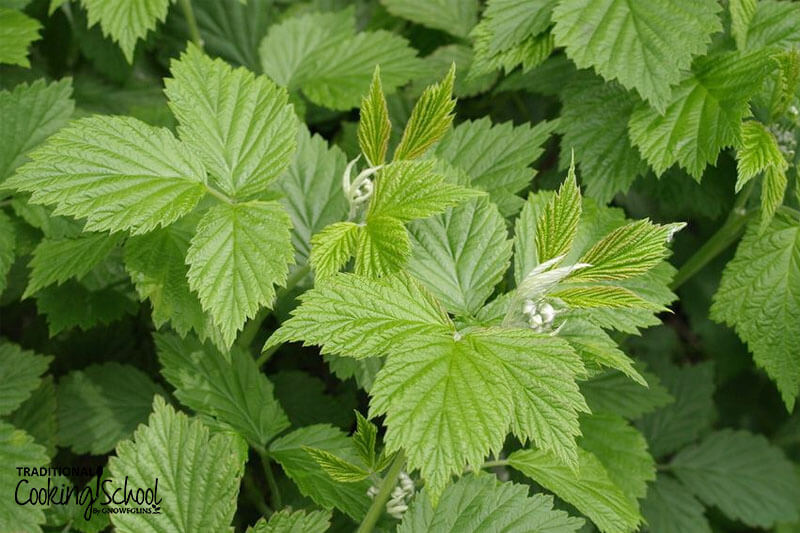
1. Red Raspberry Leaf
You may know this as the pregnancy herb, but red raspberry leaf is so much more.
It tones and prepares the uterus for an easier, faster labor and can also reduce interventions (like C-sections). Red raspberry is used to help with nausea during pregnancy and labor.
After delivery, this herb restores elasticity of the uterine and surrounding ligaments. It also helps increase the amount of and nutrition of breast milk.
As a nutritive herb, raspberry leaf is rich in a variety of vitamins and minerals (Berger, 1998).
For menstruating women, red raspberry strengthens the endocrine system and balances hormones to regulate the menstrual cycle. It also reduces menstrual cramps by increasing their smoothness. Its astringent action helps stop excessive menstrual bleeding (Berger, 1998).
How To Use Raspberry Leaf
Red raspberry is safe for most people even in large amounts (Hoffman, 2003).
Energetically, it’s cooling and drying, so too much can cause a tight feeling. I started to get dry mouth from it which got better when I cut back a little.
I drank raspberry leaf tea every day in my third trimester and had a super fast labor!
- Tea: Use 1 to 3 teaspoons of herb per 8 ounces water steeped for 10 to 15 minutes. Can drink 1 to 3 cups daily.
- Tincture: Use 2 to 4 mL at a 1:5 strength, 3 times daily.
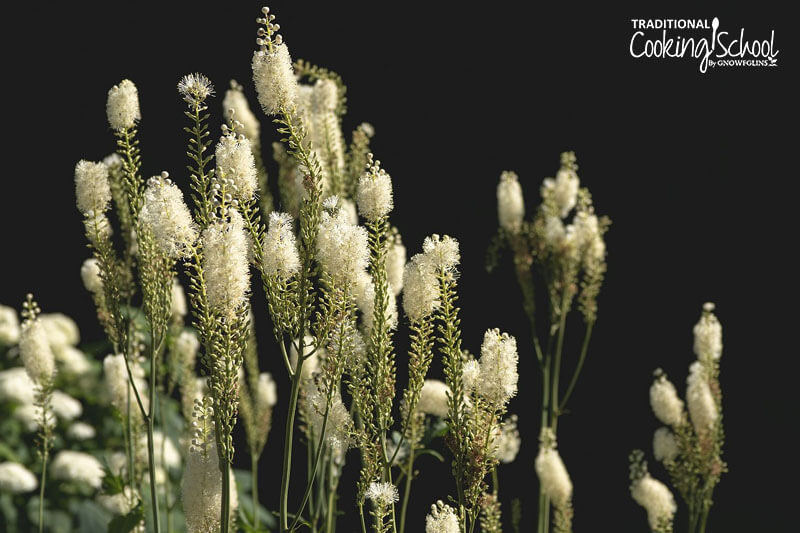
2. Black Cohosh
Black cohosh is a relaxing nervine for painful muscles. It works best for muscle pain that feels stiff, dull, and achy.
Traditionally, black cohosh was used during labor to improve mood, nausea, and ease irregular labor pains. Because it can stimulate contractions though, it’s recommended to not use until week 39 or after of pregnancy (Gladstar, 1993).
Black cohosh helps with imbalances like skipped periods, period cramps, and PMS pain. It’s also helpful for menopause symptoms like hot flashes and depression.
As an astringent it can help perk up a lax uterus (Weed, 1992).
How To Use Black Cohosh
This herb is energetically cooling and drying. It’s at risk of becoming endangered, so be sure to source from a sustainable, cultivated source.
- Tea: Simmer 1/2 to 1 teaspoon of herb in 1 cup water for 10 to 15 minutes.
- Tincture: Use 2 to 4 mL at 1:5 strength, 3 times daily.
Safety Considerations
Do not use during pregnancy until at least the 39th week, while breastfeeding, or for children. If too much is used, GI tract discomfort, headache, dizziness and other symptoms can occur (Hoffman, 2003).
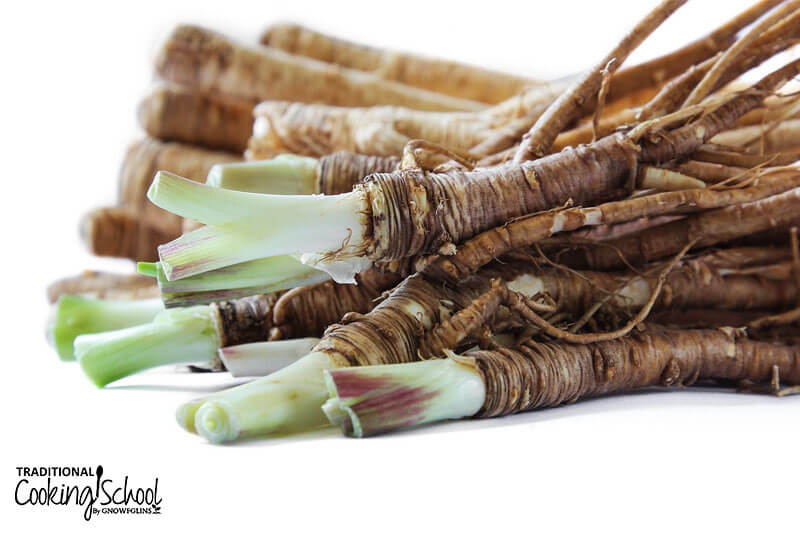
3. Dong Quai
This herb is used over longer periods of time to nourish and support female reproductive organs. It helps uterine function and rebuilds healthy blood after our period.
It also eases period cramps, pelvic congestion (to prevent clotting and congealed menses), and migraines (Easley & Horne, 2016).
Dong quai stimulates lower pelvic circulation and can stimulate menstruation. Since it can cause excessive bleeding though, it shouldn’t be used during or directly before menstruation (Noe 1998).
In the golden years, it helps ease the transition into menopause and reduces hot flashes (Gladstar, 1993).
How To Use Dong Quai
The herb is energetically warming, demulcent, and nourishing.
- Tea: Simmer 4.5 to 9 grams per day in 1 liter of water for 10 to 20 minutes. Drink this 2 to 4 ounces at a time, 3 times daily.
- Tincture: 2 to 4 mL of a 1:5 strength, up to 3 times daily.
- Capsules: 500 to 600 mg up to 6 times daily.
Safety Considerations
- Avoid with diarrhea.
- Don’t use during early pregnancy or with a history of miscarriage.
- If breastfeeding, it can give baby a rash.
- Stop taking one week before menstruation as it may increase bleeding. Discontinue at least seven days before any surgery for the same reason. (Easley & Horne, 2016; Kuhn & Winston, 2005; Barnes et al., 2010).
- Caution is recommended for those with hormone-sensitive tumors and those taking blood thinners.
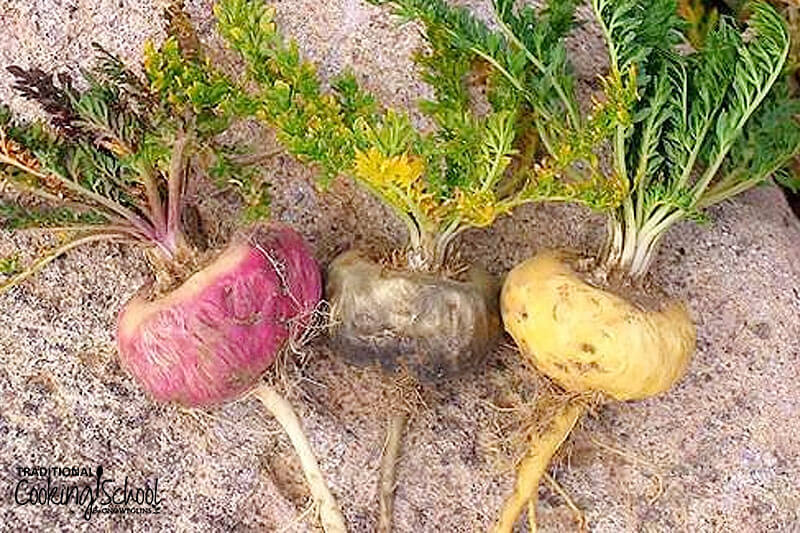
4. Maca Root For Hormone Health
Maca is a hormone-balancing adaptogen that helps boost libido and fertility. It was also used by Peruvian natives to increase physical and mental stamina.
Because it’s a nutritive herb, it’s safe for most people and can be used in larger amounts like a food (Romm, 2017).
A 2008 study in CNS Neuroscience and Therapeutics found larger doses of maca worked better than a low dose to boost sex drive (source).
How To Use Maca Root
You can take maca in capsules or mix it into smoothies and other drinks. I put a teaspoon in my morning coffee.
Maca also works well in hot chocolate or earthy herbal teas, like dandelion “coffee”. The study referenced above found 3 grams was effective.
Here are our favorite maca recipes!
- Dairy-Free Hormone-Balancing Chocolate Malt {with maca & collagen!}
- Vanilla Maca Cooler {with vanilla-infused ice cubes!}
- Maca Gingersnap No-Bake Treats
- Black & White Maca Mocha
- Cherry, Flax & Maca Hormone Balancing Smoothie
Chat With The Professionals About Herbs For Women
I’ve tried to be as detailed as possible about the safety and dosing here.
However, everyone is different and if you’re unsure or have any questions, it’s always best to ask a qualified health practitioner. Naturopaths and professional herbalists are great for this!
References:
- Barnes, J., Anderson, L., & Phillipson, J.D. (2010). Herbal Medicines (3rd ed.). London, England: Pharmaceutical Press.
- Berger, Judith L. (1998). Herbal Rituals. New York, NY: St. Martin’s Press.
- Easley, T., & Horne, S. (2016). The Modern Herbal Dispensatory. Berkeley, CA: North Atlantic Books.
- Gladstar, Rosemary. (1993). Herbal Healing for Women. New York, NY: Fireside Books
- Hoffman, David. (2003). Medical Herbalism. Rochester, VT: Healing Arts Press.
- Kuhn, M., & Winston, D. (2005). Herbal Therapy & Supplements: A Scientific and Traditional Approach. St. Louis, MO: Elsevier Ltd.
- Noe, J. (1998). Angelica sinensis: a monograph. The Journal of Naturopathic Medicine, 7(1), 66-72
- Romm, Aviva. (2018). Botanical Medicine for Women’s Health. Churchill Livingstone.
- Weed, Susun. (1992). Menopausal Years: The Wise Woman Way. Woodstock, NY: Ash Tree Publishing
What are your favorite herbs for women?
This post was originally published and written by Andrea Sabean on 3/14/16. It was updated and republished on 9/28/20.
Disclaimer: I’m not a doctor. All information is intended for your general knowledge only and is not a substitute for medical advice or treatment for specific medical conditions. You are responsible for your own health and for the use of any remedies, treatments, or medications you use at home. Herbs are powerful medicine. You should always speak to your health provider before ingesting any herb, especially if you are pregnant, breast-feeding, or on any other medications.
...without giving up the foods you love or spending all day in the kitchen!

2 free books:
Eat God's Way
Ditch the Standard American Diet, get healthier & happier, and save money on groceries...
We only recommend products and services we wholeheartedly endorse. This post may contain special links through which we earn a small commission if you make a purchase (though your price is the same).


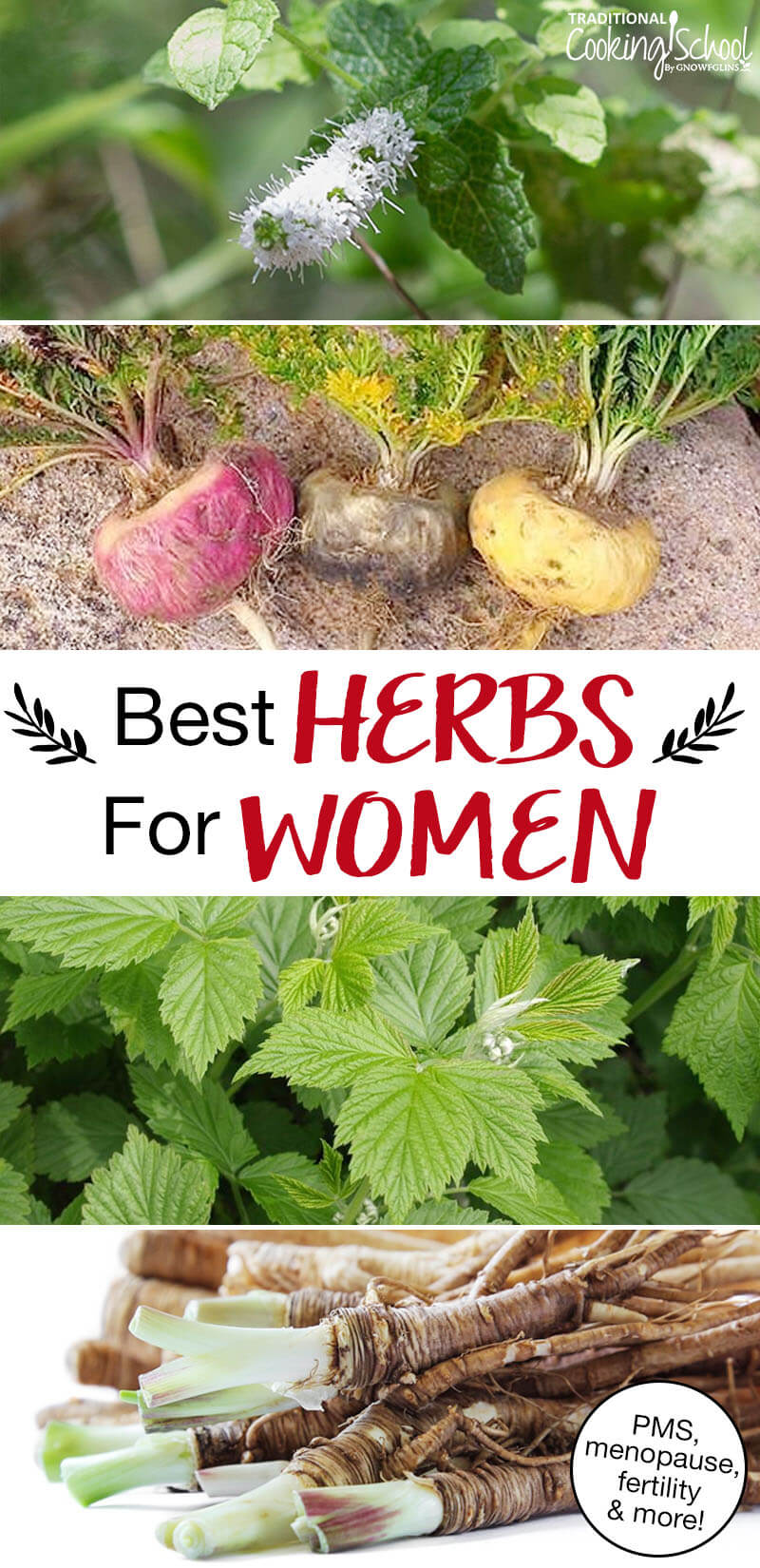
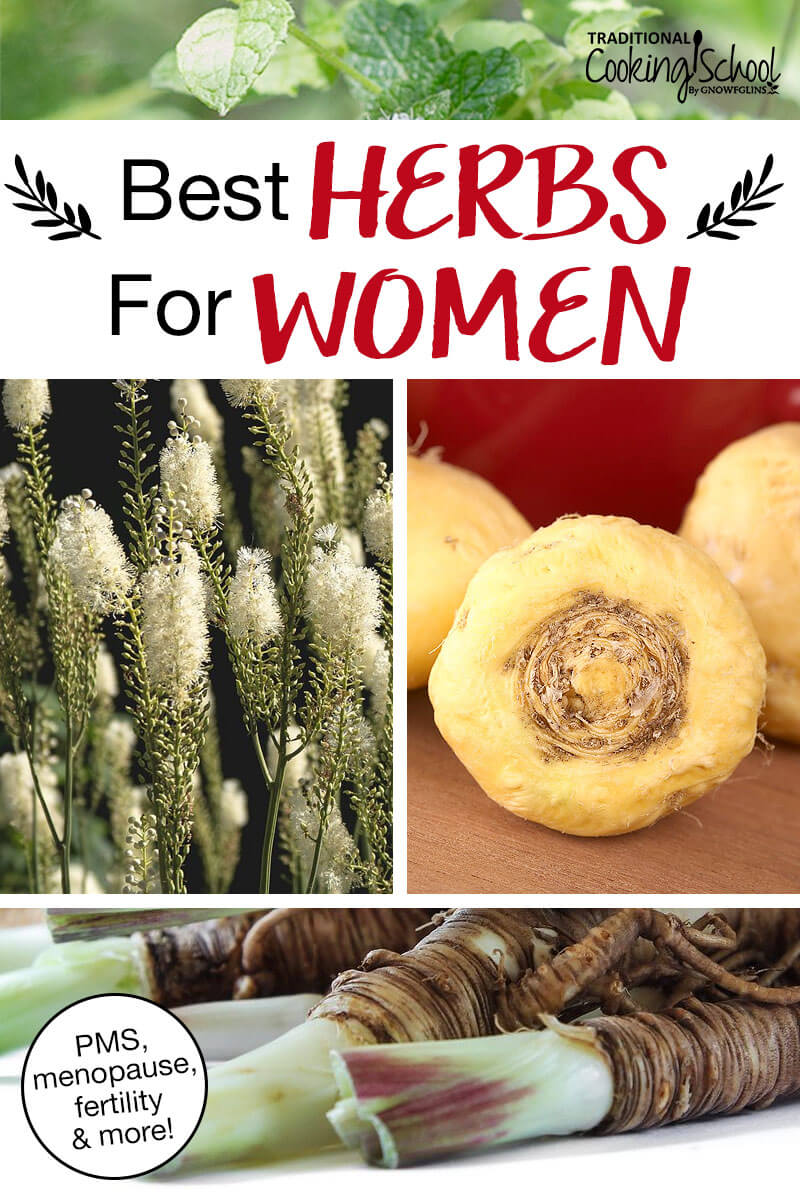
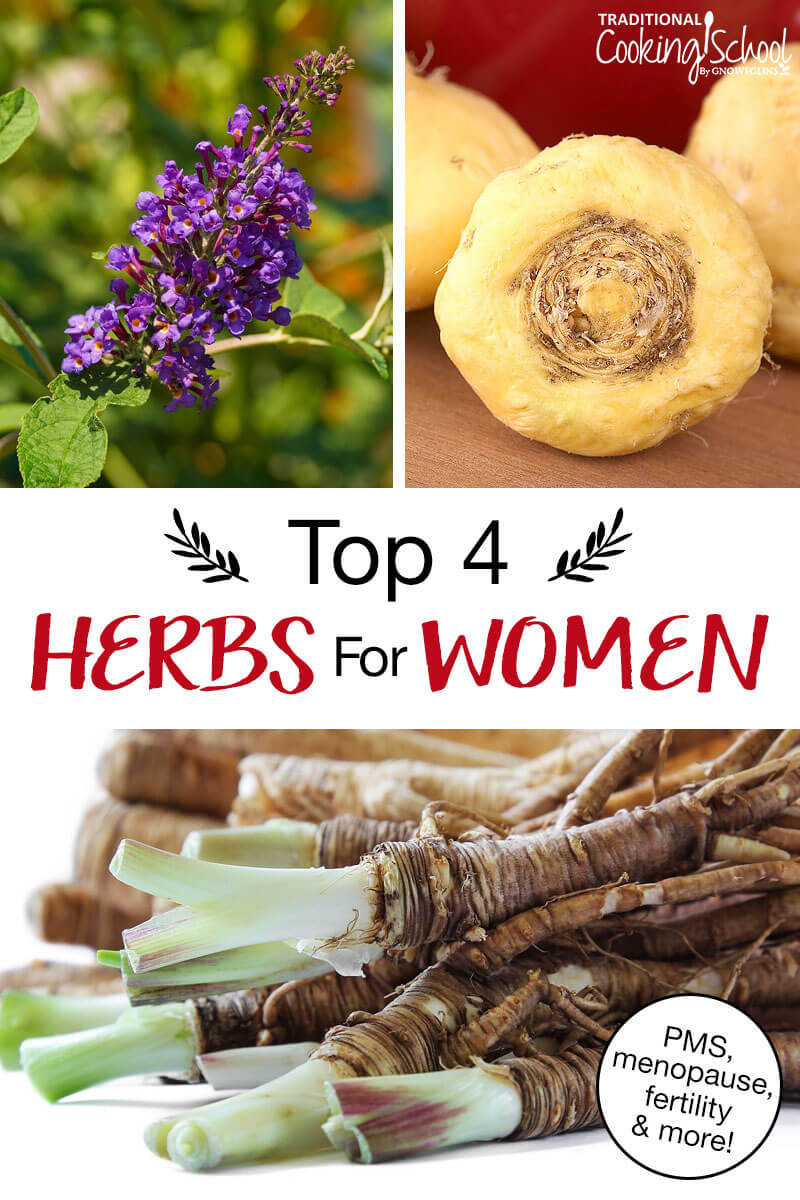
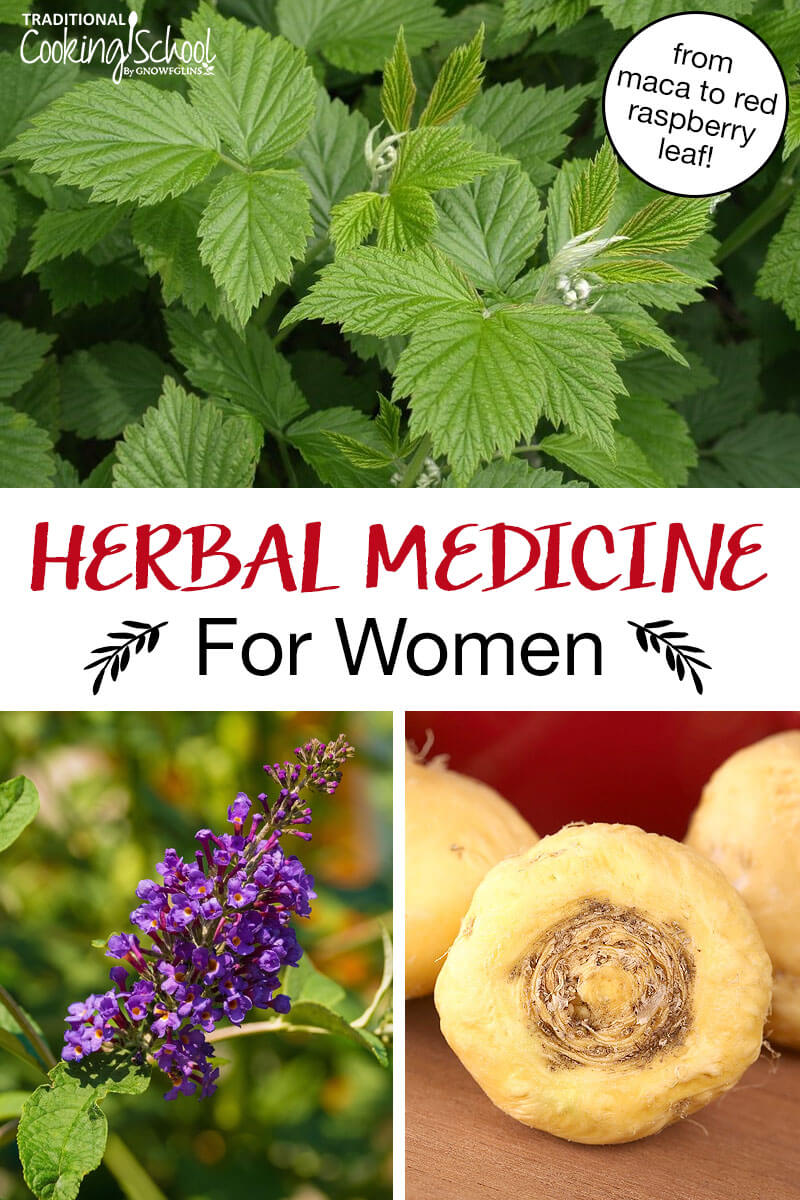
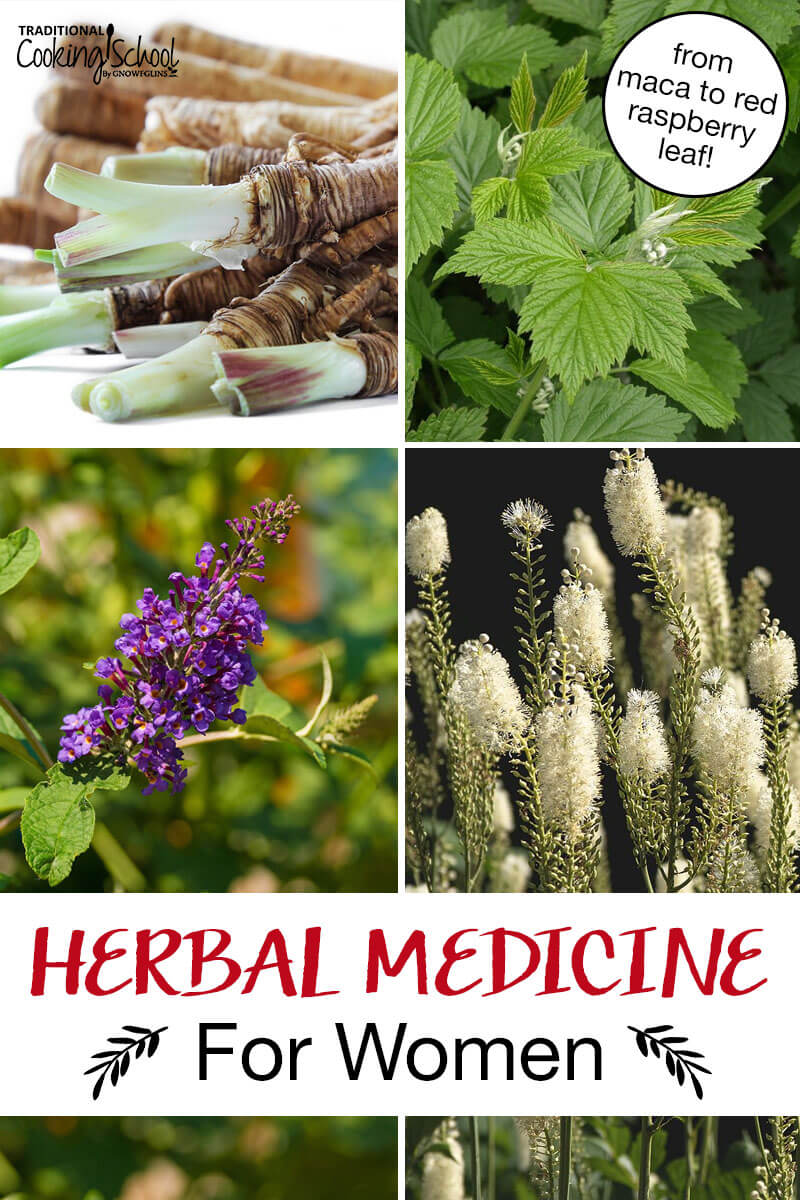
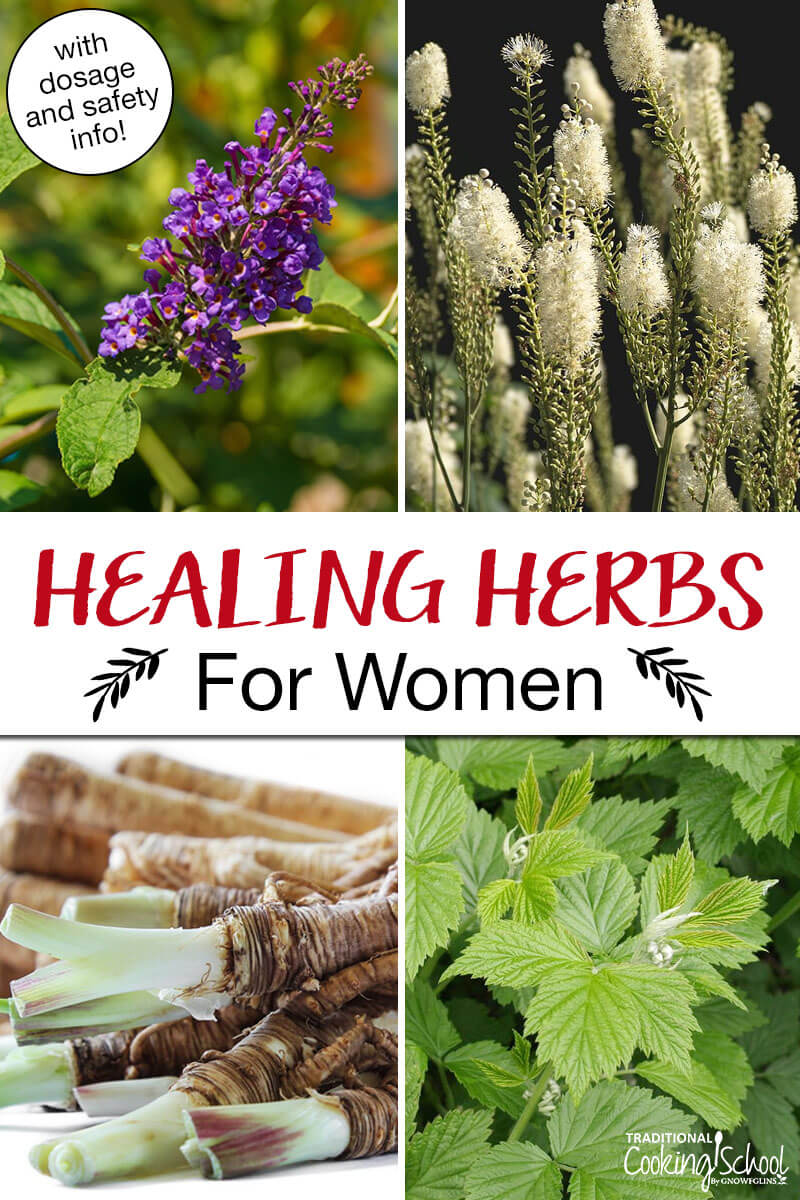
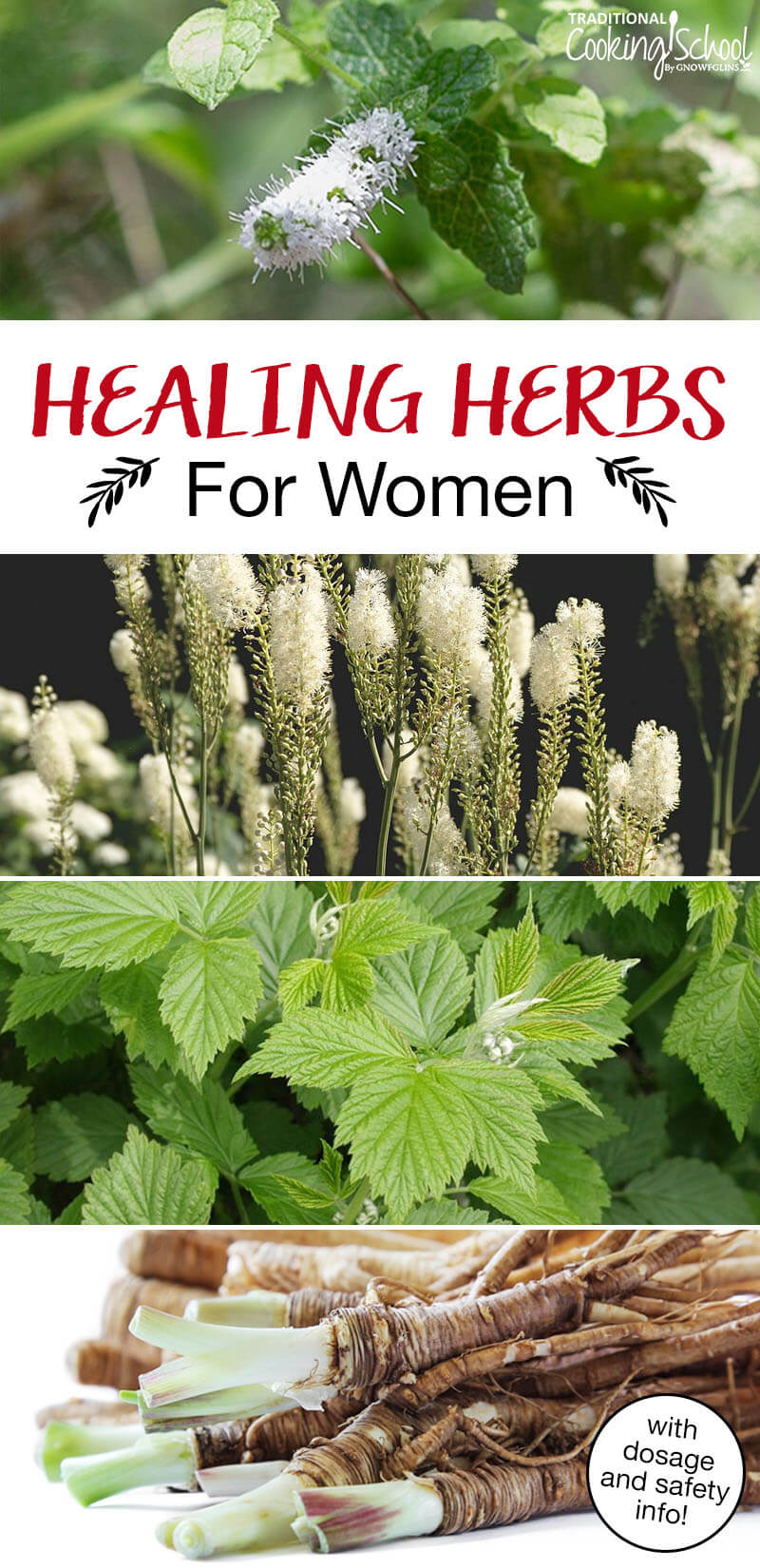
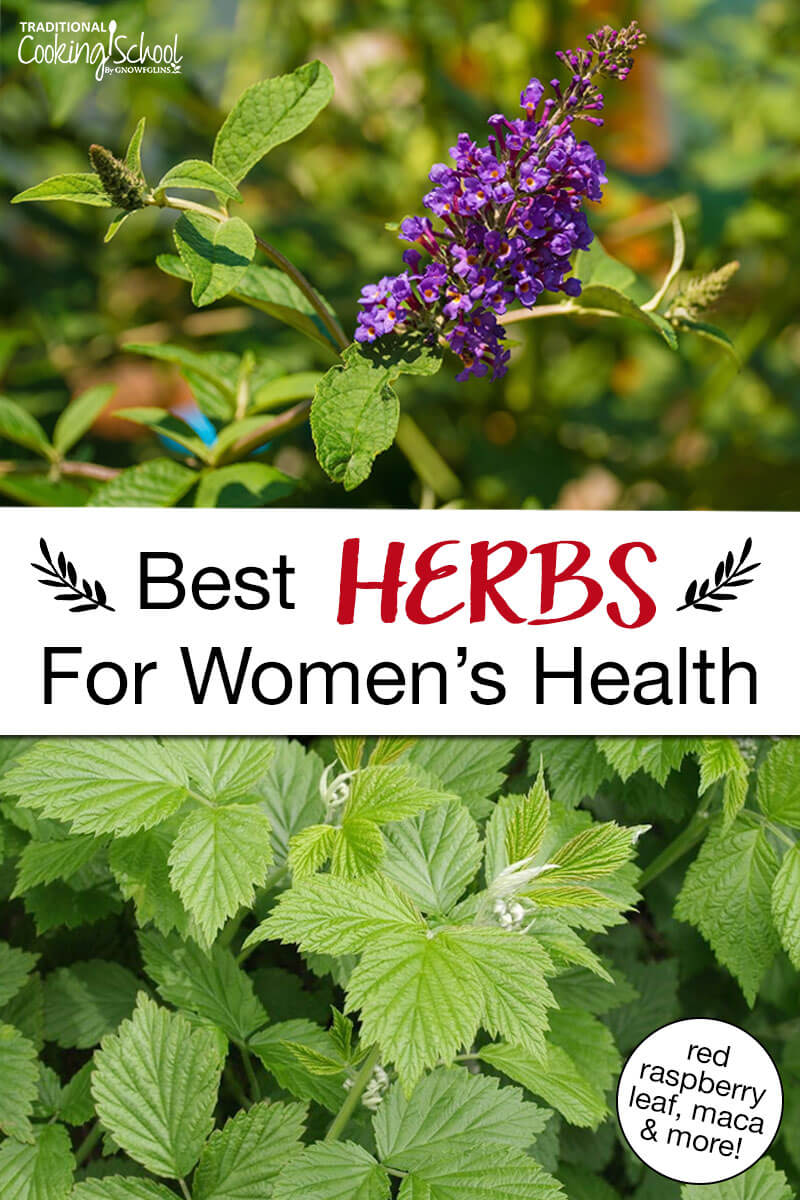
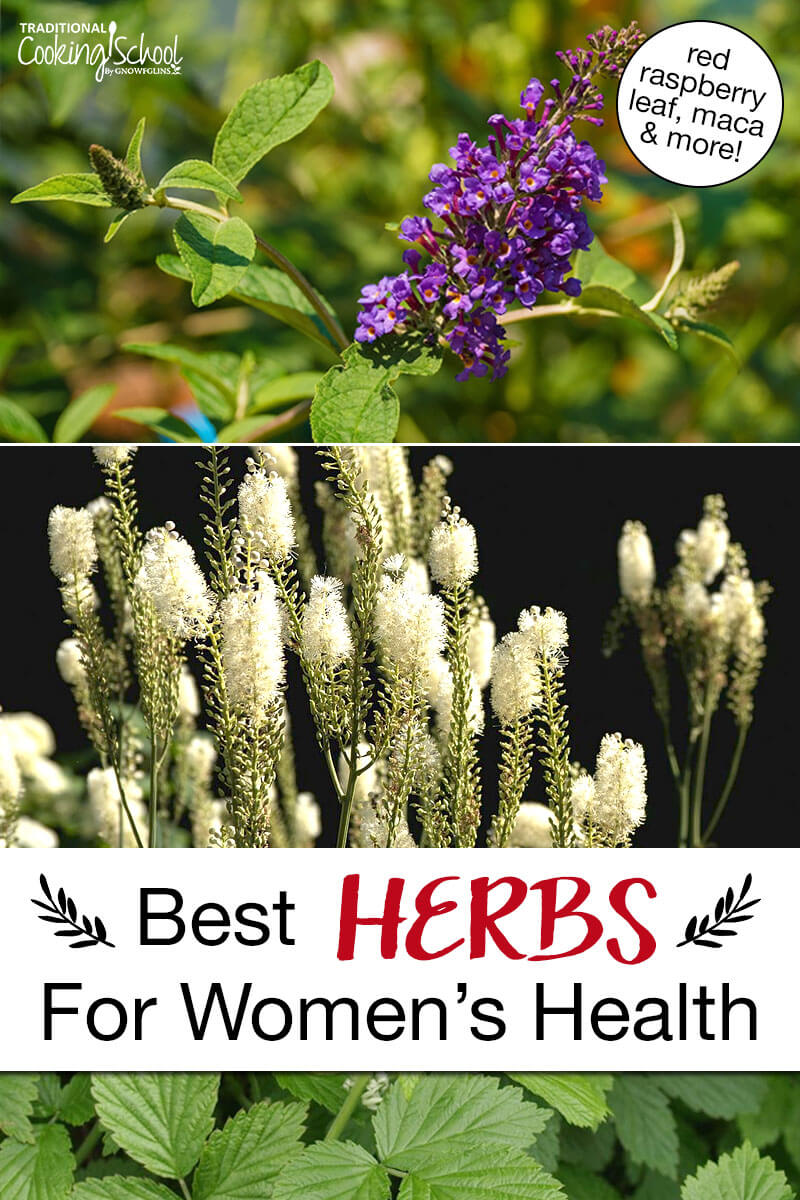
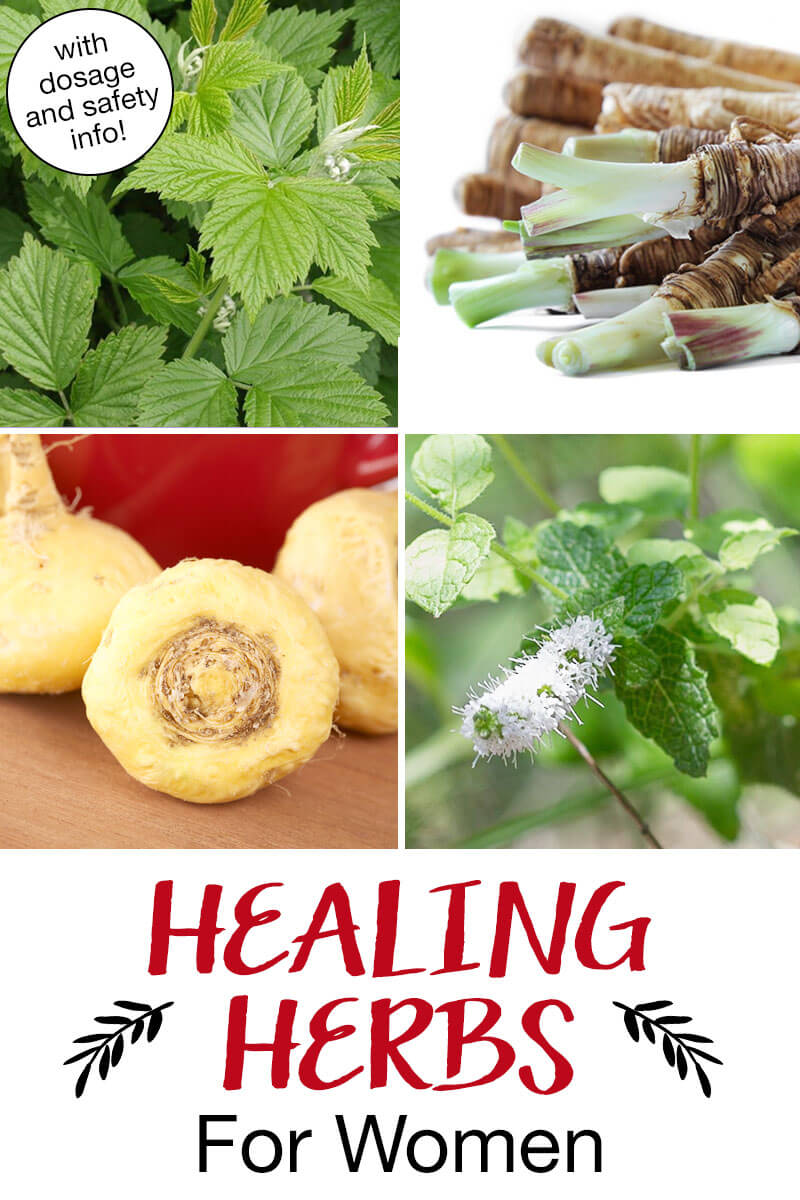
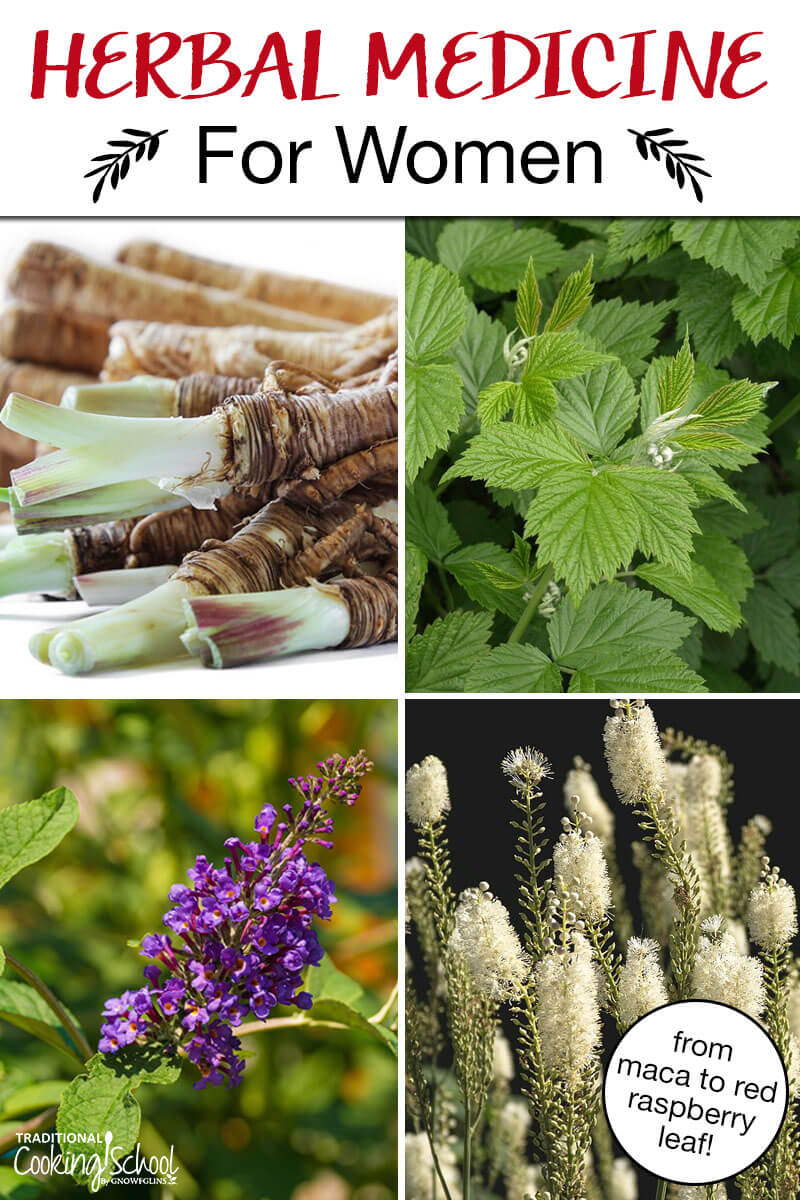
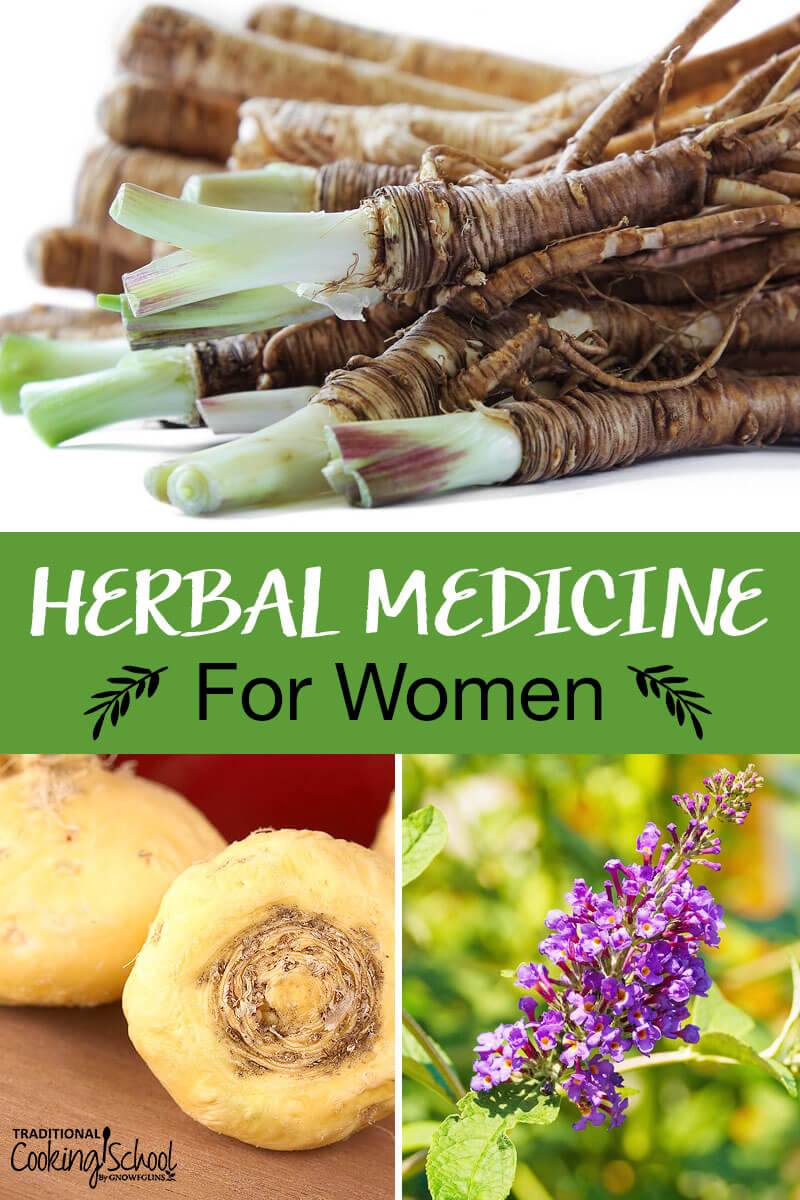
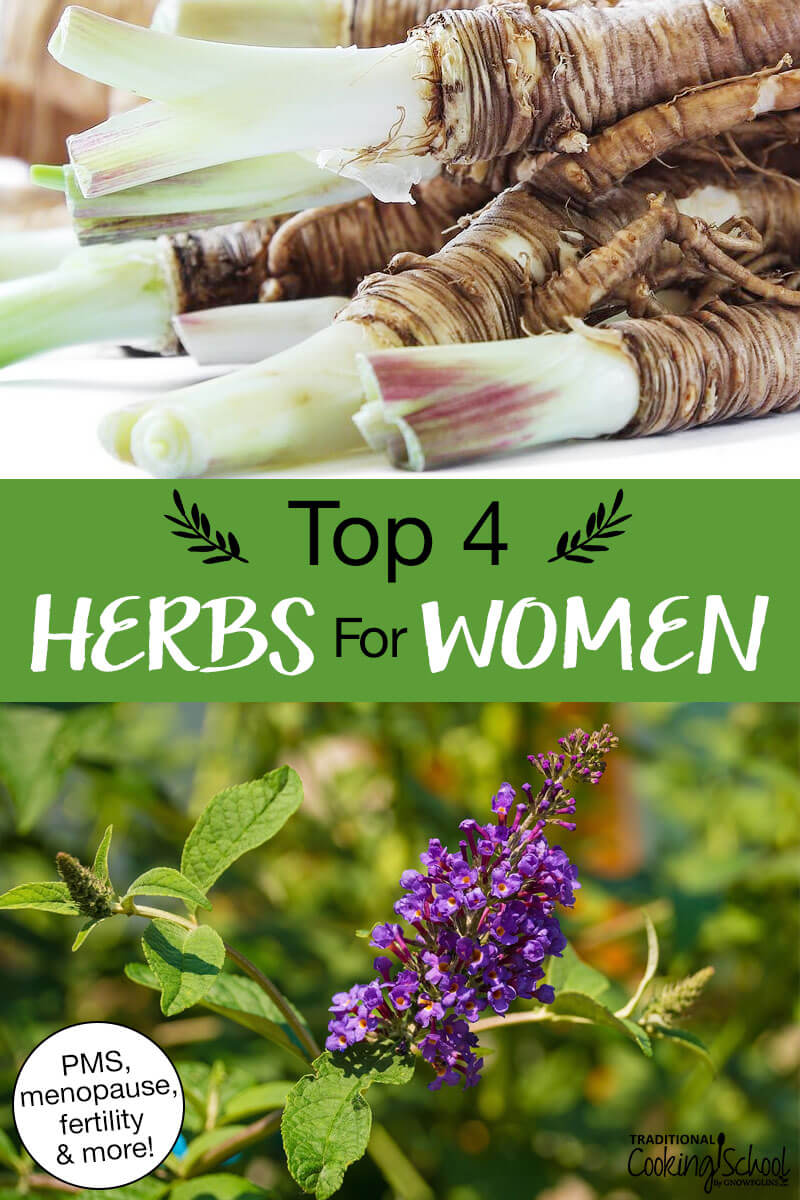
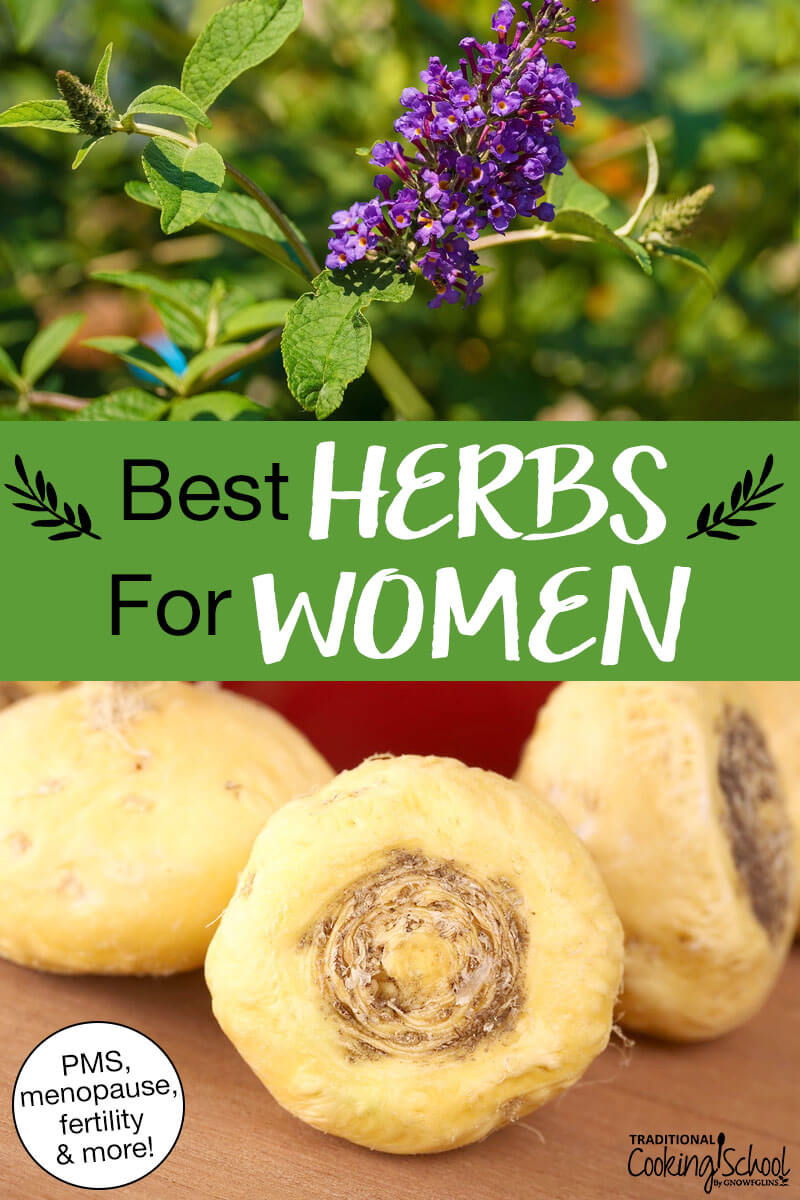
Leave a Reply